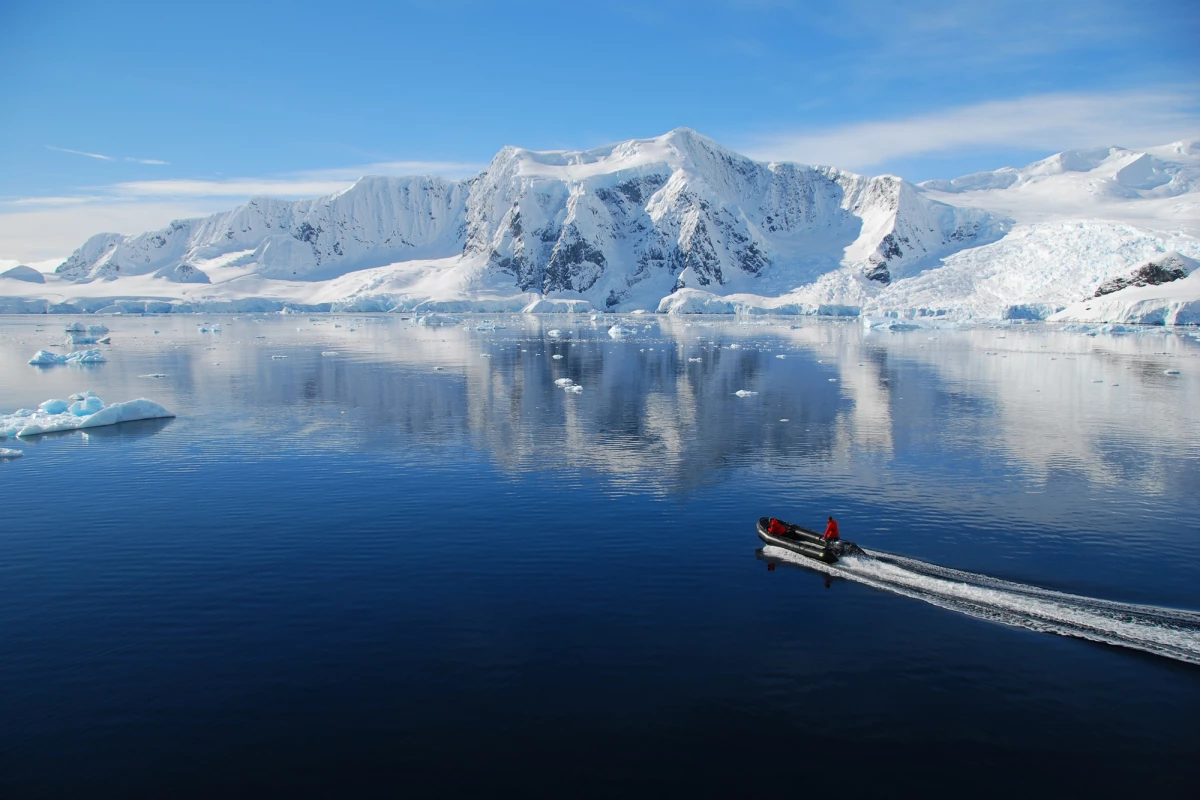Understanding the extent of our plastic pollution problem is incredibly difficult, largely because the corrosive forces of the ocean break the waste into tiny fragments which are nearly impossible to track. Scientists have again found evidence of these microplastics in the most remote of places, discovering particles lodged in cores of Antarctic sea ice for the first time.
Scientists have previously detected plastic pollution in the surface waters of Antarctica and in sediment samples, but as far as the researchers behind the new study know, it has never before been seen in sea ice. These frozen slabs are formed from seawater, and in Antarctica around 80 percent of it melts and reforms each year, seemingly trapping fresh particles of plastic within each time.
The researchers from Australia’s Institute for Marine and Antarctic Studies analyzed an ice core pulled from East Antarctica in 2009, and in it they found 96 microplastic particles, with 14 different types among them.
These observations mirror research results from the other end of the globe, where scientists have continually found plastic particles embedded in Arctic sea ice. Recent studies have shown these to be far more abundant than previously thought, and though the concentration in Antarctic sea ice isn’t quite as high, it contains an almost equal variety of plastic types.
“While this concentration is lower than that found in some Arctic sea ice samples, the 14 different polymer types we identified is only slightly less than the 17 found in Arctic studies,” says lead author Anna Kelly. “The microplastic polymers in our ice core were larger than those in the Arctic, which may indicate local pollution sources because the plastic has less time to break down into smaller fibers than if transported long distances on ocean currents.“
According to the team, these local sources could include plastics derived from clothing or equipment used by tourists or researchers. Also among the plastic varieties they discovered were types often used by the fishing industry, indicating this could also be a source of the pollution.
The researchers say that the microplastics getting caught up in the formation of sea ice, rather than drifting towards the bottom, could prove hazardous to the local marine life.
“Rather than sinking to the deep ocean, the entrapment of microplastics in Antarctic sea ice allows them to persist for longer near the sea surface,” says Kelly. “This would make them more available for consumption by marine organisms such as krill, a keystone species in Southern Ocean ecosystems, and consequently marine predators higher up the food chain.”
The research was published in the journal Marine Pollution Bulletin.
Source: University of Tasmania




